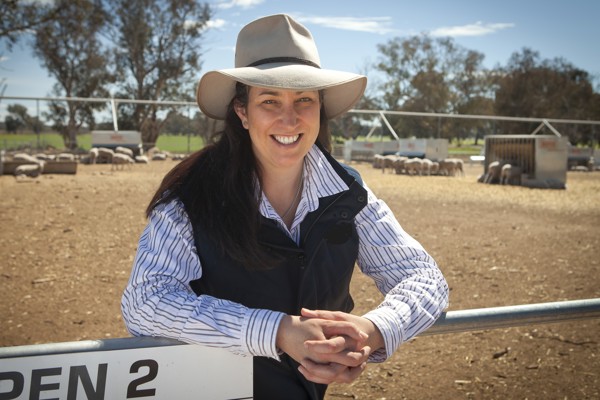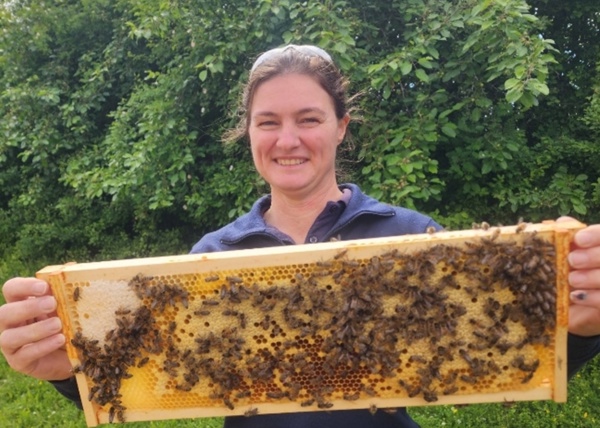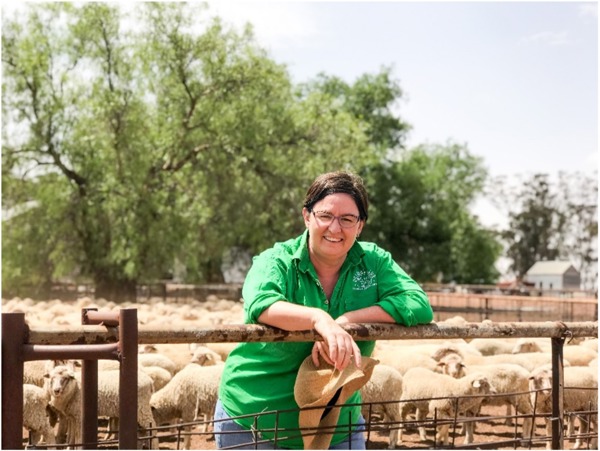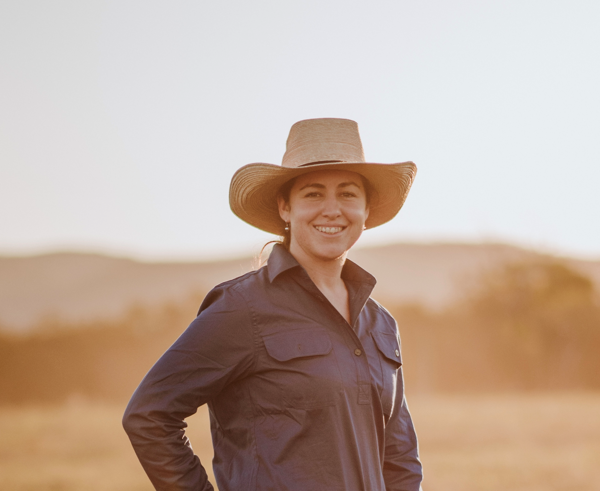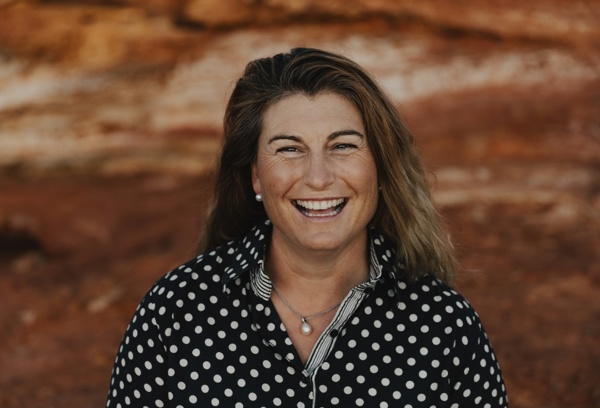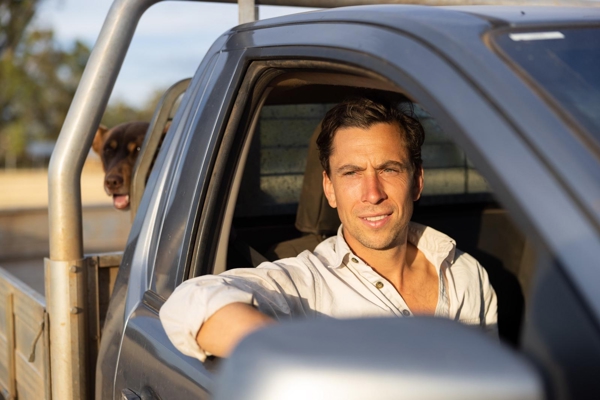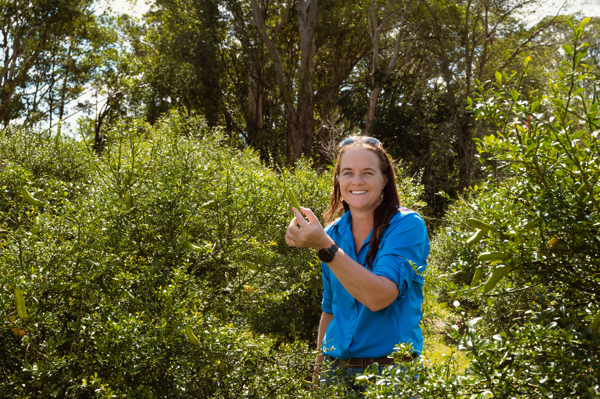Hard Truths Beneath Our Hooves: Tackling Soil Compaction in Thoroughbred Pastures
“The value of good ground is often underestimated. For the thoroughbred industry, the foundation of success begins underfoot — in the quality of our pastures and the condition of our soils.”
A New South Wales-based equine agronomist is urging Australia’s thoroughbred breeders to turn their attention underground, warning that long-term productivity and pasture health are at risk due to soil compaction across stud farms.
Adam Williamson, a 2022 Nuffield Scholar, has released a landmark report on the effects of soil compaction on pastures within the thoroughbred industry. Supported by Agrifutures, Adam’s research draws on global best practices from Ireland, the UK, the USA, and New Zealand to offer practical steps for managing and mitigating compaction.

“Stud farms are intensively used, particularly in foaling and spelling paddocks, and with repeated traffic from vehicles and livestock, compaction becomes an invisible problem with very visible effects: poor root development, reduced pasture density, waterlogging, and lost productivity,” Adam explains.
His report explores tools such as penetrometers and electromagnetic mapping to better assess subsoil conditions, alongside mechanical, biological, and rotational strategies to address compaction in a cost-effective and horse-safe manner.

“Restoring soil structure isn’t about one-off fixes, it’s about being proactive and adaptive. Whether it’s using deep-rooted species, managing grazing pressure, or targeted aeration, we need to approach pasture management as a long-term investment in the health and value of our horses.”
Adam highlights that while the Australian thoroughbred sector is globally respected for genetics and horsemanship, pasture systems are often reactive rather than strategic — and that’s where the opportunity lies.
“We need to treat pastures with the same level of detail and planning as breeding programs. Improving soil function boosts plant nutrition, reduces reliance on supplements, and enhances equine wellbeing.”
He also emphasises the role of industry-wide awareness, recommending that breeders embed soil health metrics into stud benchmarking programs and develop site-specific management plans.
“This isn’t just a stud manager’s job, it’s a whole-of-business responsibility. Good soil grows good horses.”
Adam’s full report and presentation at the 2024 Nuffield National Conference in Launceston, Tasmania are available on the Nuffield Australia website.


